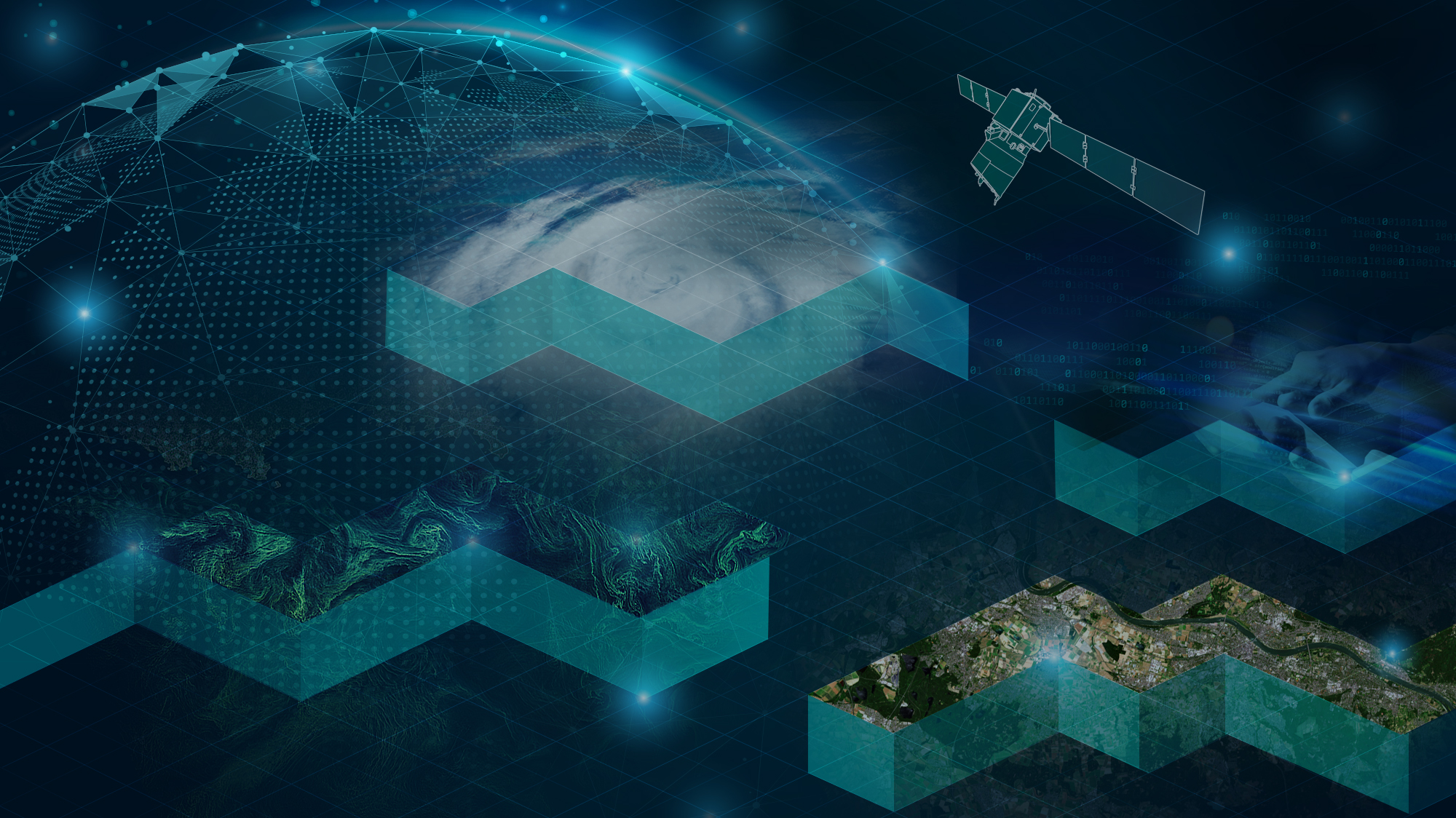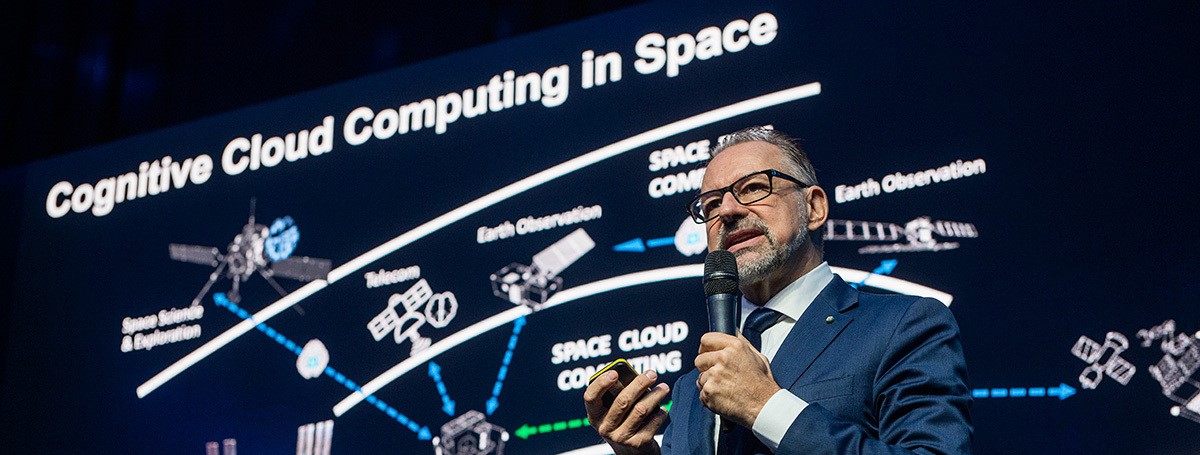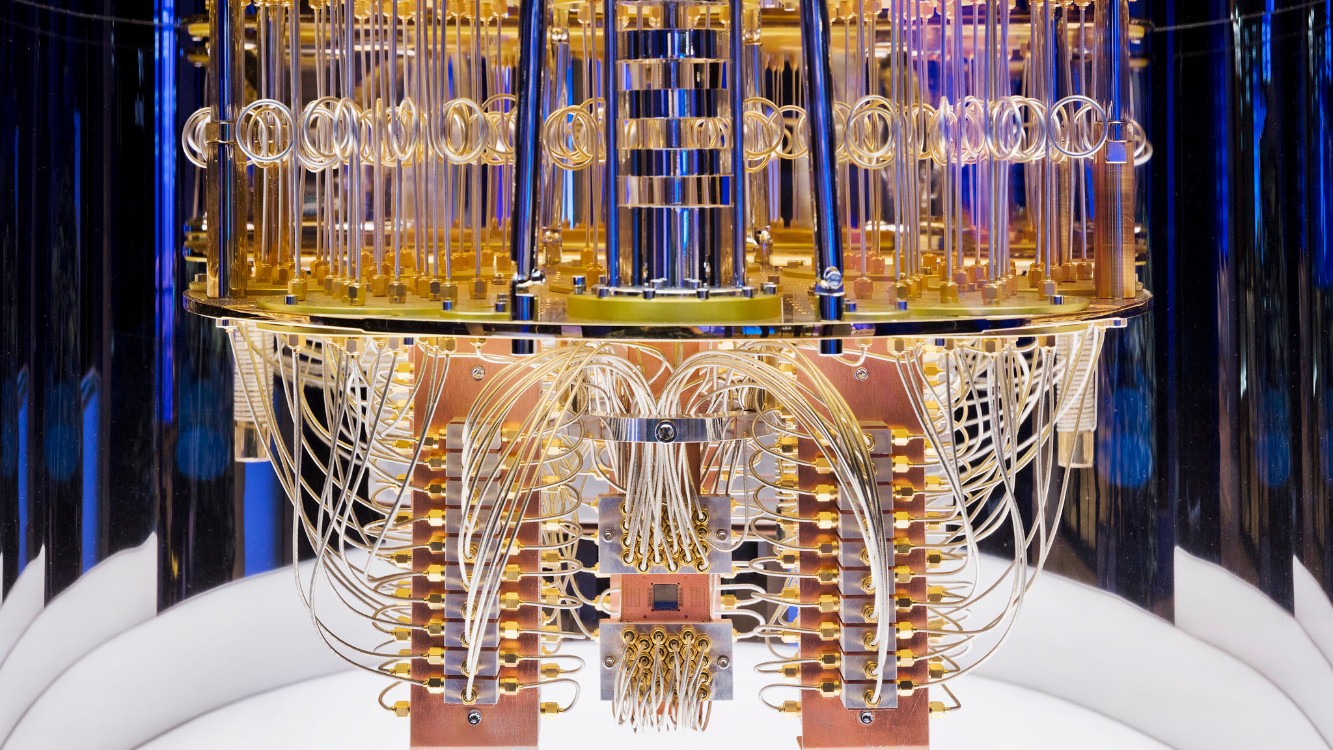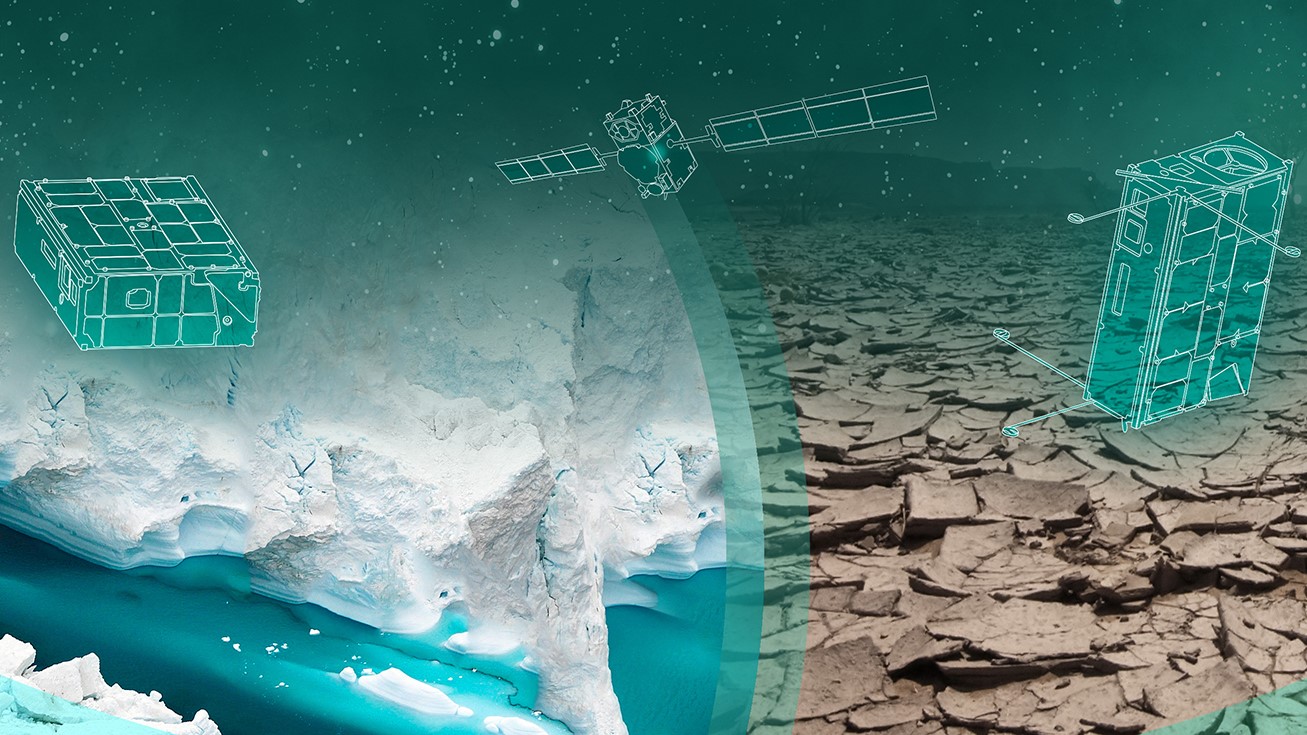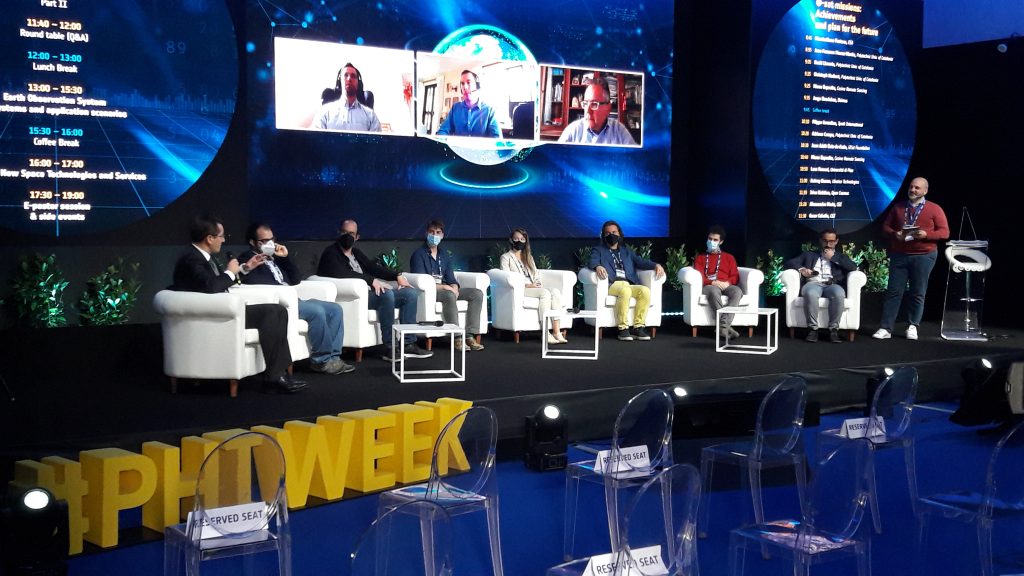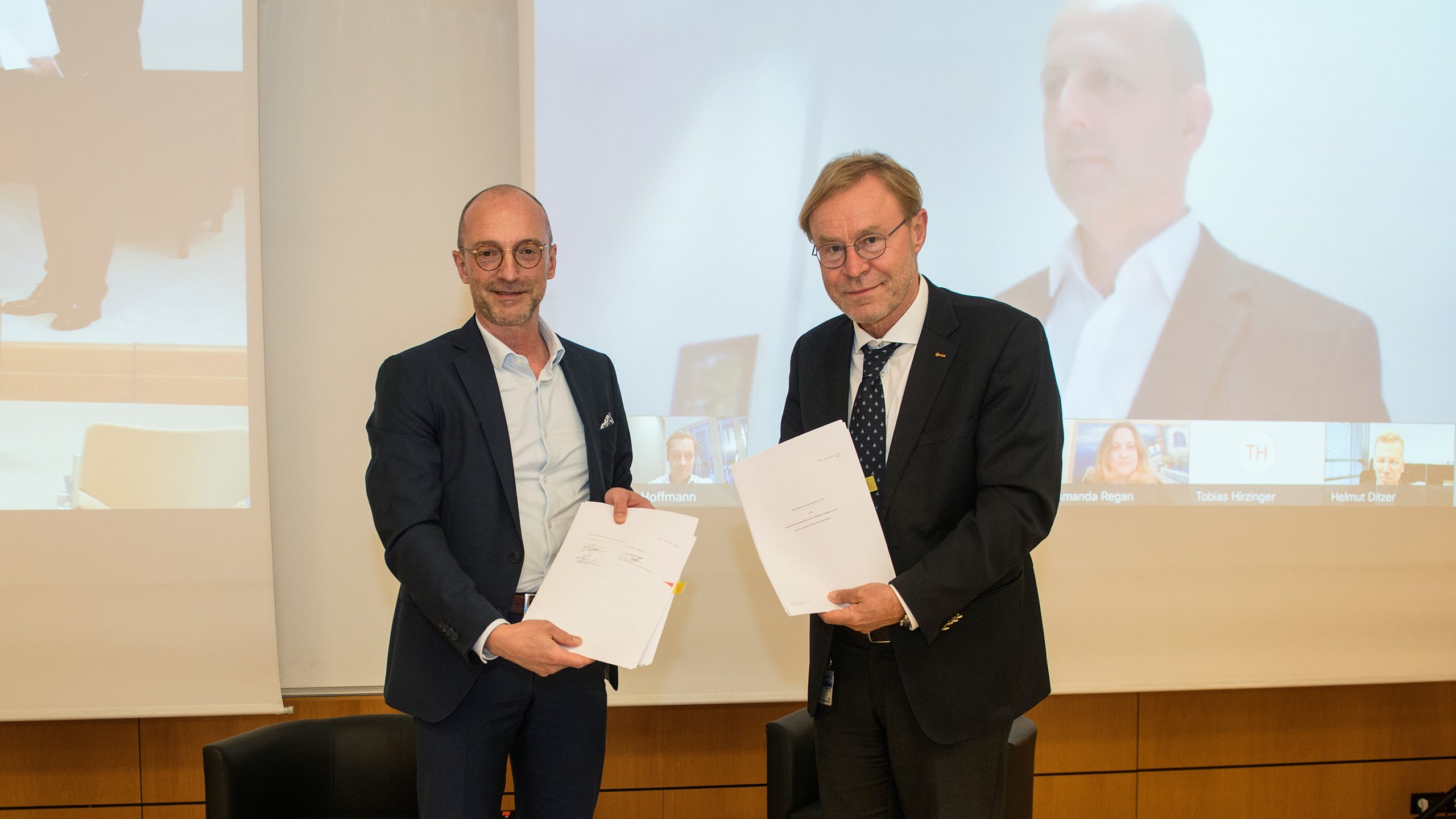With thousands of online participants and more key sessions than ever before, Φ-week 2021 has proven to be a great success. As the curtain comes down on the event, now is a good time to reflect on its significance, take a quick tour of some of the hugely rich content, and think about outcomes and aspirations.
“Φ-week has established itself as the essential barometer for gauging the current status and future direction of EO innovation – and the 2021 edition is no exception. The coming together of industry, academia, private investors and major institutions fosters a unique exchange of ideas that invigorates our sector and propels us forward” – Giuseppe Borghi, Head of the Φ-lab and member of the Φ-week organising committee.
This year’s Φ-week got off to a tantalising start, with ESA Director General Josef Aschbacher announcing a competition – promising funding worth a total combined value of €1 million – in the areas of cognitive cloud computing in space. Innovators, researchers and entrepreneurs looking to submit their proposals for the competition will have found a great deal to stir the imagination from the 17 main sessions and around 190 supplementary items throughout the week. Indeed Artificial Intelligence (AI) and advanced computing paradigms were frequently recurring topics, with dedicated key sessions and a number of side events devoted to the application of this area to EO.
There were over 3,800 registered attendees from 91 countries at Φ-week 2021. For Ville Meskus, another organising committee member, the gathering provides a vital stimulus for the sector: “Φ-week gives our growing community a unique opportunity to get a very quick, yet comprehensive, snapshot of the latest developments in space and digital technologies, along with their potential and strengths and weaknesses. From my conversations with participants, I know they benefit hugely from the discussions and diversity of material presented, leaving them brimming with inspiration.”
The event this year, now in its fourth edition, was focused on EO New Space, and the theme was covered comprehensively over the course of the five days. Key sessions took up the subjects of enabling technologies, European access to space and accelerating New Space uptake. Smallsats were also discussed in detail, including both ESA SCOUT and other EO missions based on CubeSat platforms.
Many of the side events were hosted by external organisations. Running throughout the week, these specialised sessions delved into an extremely broad range of EO-related subjects, including the Space App Camp, Rapid Action on COVID19 with EO (RACE), data quality, intellectual property and AI for InsurTech, to name but a few.
The e-exhibitions and e-posters mirrored the themes of the key sessions, with around 150 organisations displaying their wares to the virtual audience. Attendees expressed their appreciation at the chance to network, chat via instant messaging and even organise individual video calls with exhibitors.
Looking to the future, Head of the Φ-lab Explore Office Pierre Philippe Mathieu hopes that Φ-week will also attract some new players to the scene, both in terms of careers and the funding competition: “As we’ve seen this week, space is an enthralling and promising career option, and in fact we have positions open in Φ-lab for Research Fellows to explore areas such as AI, the Internet of Things and Quantum Computing for EO. The competition announcement, which is particularly close to our hearts in Φ-lab, will undoubtedly engender a host of fresh ideas for exploring how cognitive cloud computing in space can help shape the new generation of software-defined missions. By next year’s Φ-week, we’ll know who has risen to the Director General’s challenge and whose concepts have won the sought-after funding.”
To know more: Φ-week, ideas.esa.int, jobs.esa.int, Contact Φ-lab
